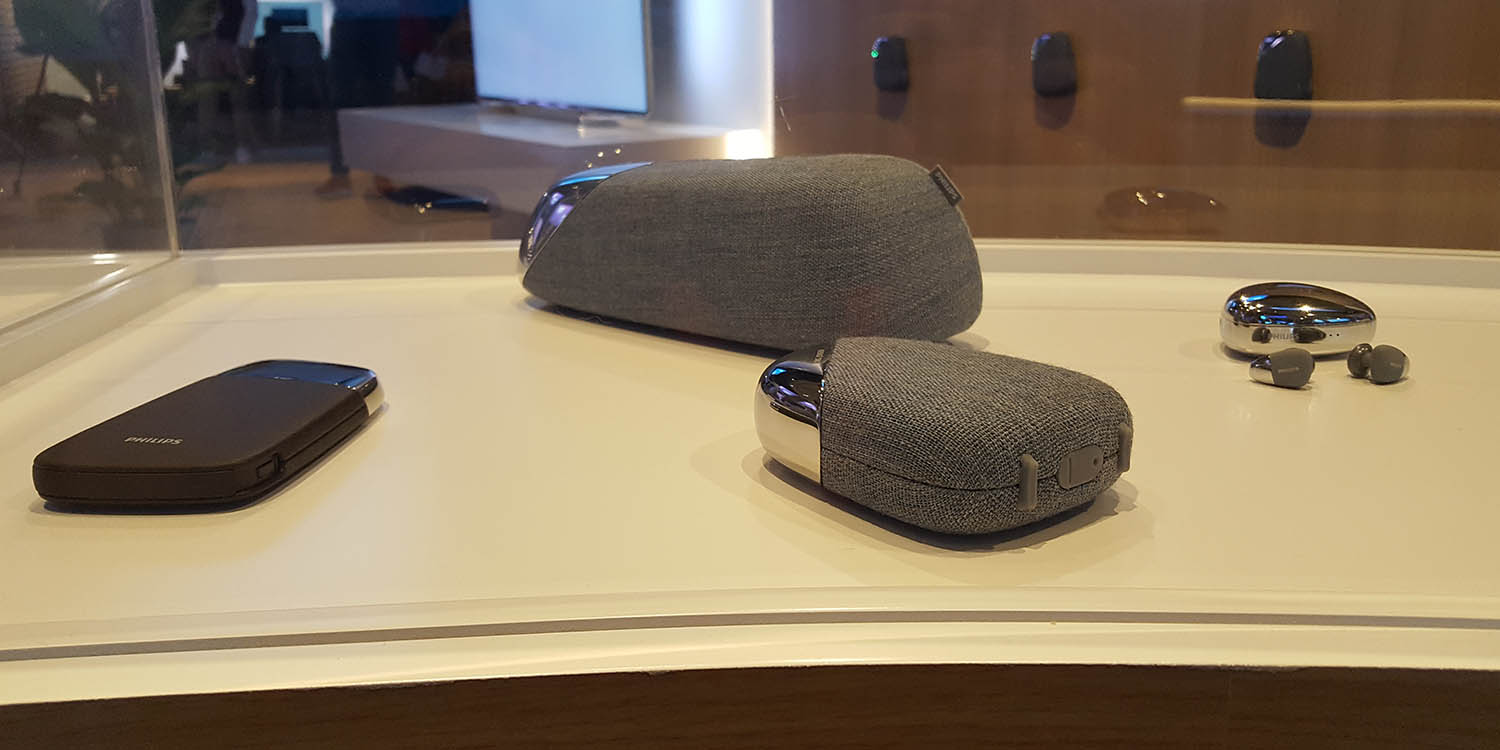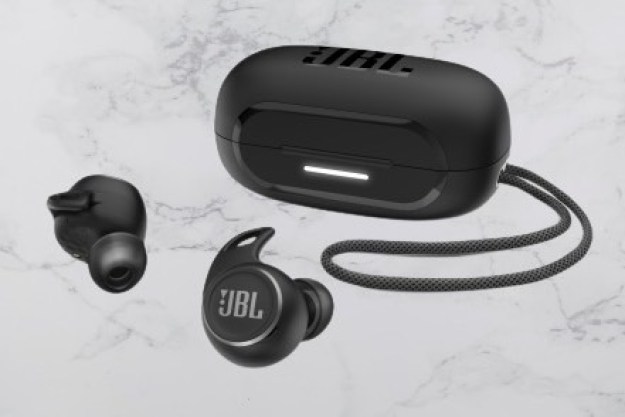
There may be more Bluetooth speakers available than is possible to count, but they’re generally not very attractive objects. Philips is aiming to change that with a range of audio products created in partnership with Scandinavian designer Georg Jensen. The new devices were announced at IFA 2019.
Philips initially partnered with the Danish silversmith last year to produce a beautiful TV set, and now the collaboration has been expanded to include four new devices: Two Bluetooth speakers, a power bank, and true
The two big draws from the range are the Bluetooth soundboxes, called the JS30 and the JS50. The smaller JS30 is a 10-watt speaker that fits in the palm of your hand, while the larger JS50 is 30W and the size of a small loaf of bread.
As you would expect, there’s Bluetooth functionality to pair the speaker to your phone or computer. There’s also a clever extra feature here too: If you have more than one of the soundboxes, you can pair them together to play music from the same source on both devices simultaneously. There’s a USB-C port for charging, as well as a power button and volume up and down buttons on the side.
So far, so standard. But what makes these devices stand out is how beautiful they are. The round-edged asymmetrical shape looks like a piece of design as much as a piece of technology. The shiny silver accents are stunning, as you would expect from a collaboration with an experienced silversmith. The fabric portion of the devices has a woven, almost wool-like texture. And it feels fantastic in your hand: Weighty, textured, and very pleasing to interact with.

The 10,000mA power bank has USB-C support and also offers wireless charging. If you phone is Qi-enabled, you can pop it on top of the bank to charge it wirelessly.
The true
Philips hasn’t announced final pricing or availability yet, but the rep we spoke to said the range would likely launch first in Europe before coming to the U.S. The JS30 is expected to cost about 100 euros ($110 U.S.) and the JS50 will cost 150 euros ($166).
Editors' Recommendations
- Sony’s ULT Power Sound headphones and speakers go big on powerful bass
- Bluetooth on Sonos’ new Era speakers isn’t what you think – it’s better
- House of Marley is back with its loudest, sustainably-designed Bluetooth speaker
- Edifier MP230 Hands-on Review: The pint-sized, retro Bluetooth speaker brings a vintage vibe
- Ikea launches $65 Bluetooth lantern speaker with Spotify Tap




